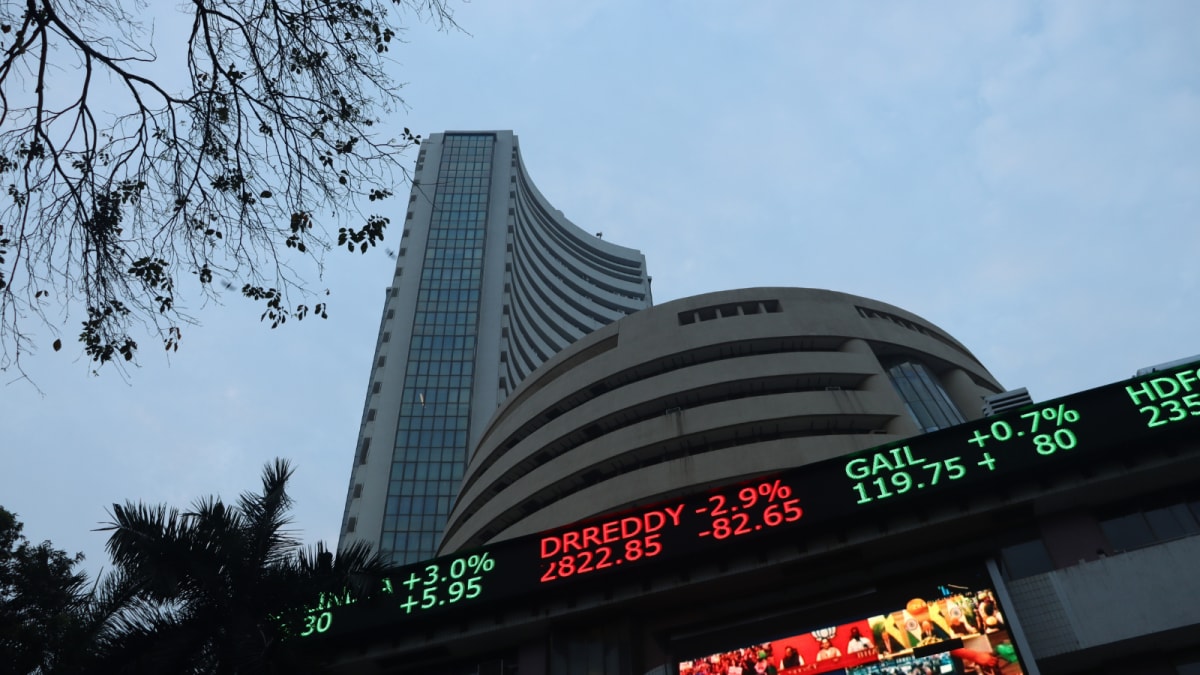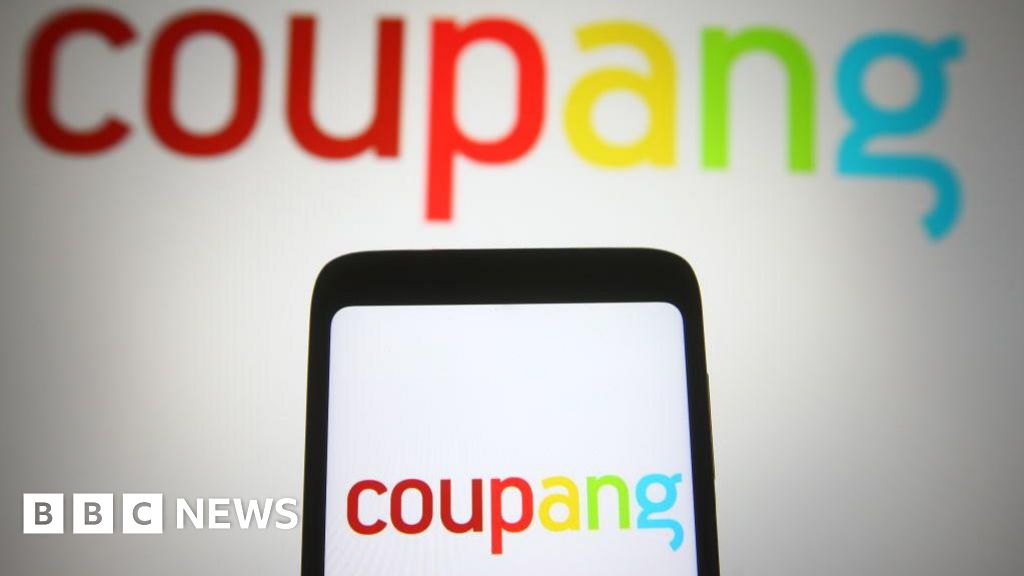Business
New funds to bridge $15b gap | The Express Tribune

KARACHI:
The Securities and Exchange Commission of Pakistan (SECP) has launched a new category of mutual funds titled Infrastructure Schemes under the framework of open-end collective investment schemes, in a bid to mobilise long-term domestic savings for infrastructure development.
The initiative, identified as a key milestone under the Fund Management Department’s Roadmap 2025-26, was first discussed at the Mutual Fund Focus Group Session earlier this year. Following extensive consultations with the Mutual Funds Association of Pakistan (MUFAP) and other stakeholders, SECP finalised a framework aimed at regulatory clarity, investor protection, and alignment with national development priorities.
Pakistan requires nearly $15 billion annually to meet its infrastructure financing needs, but current spending stands at only 2.1% of GDP, far below the international benchmark of 8-10%. By carving out a dedicated regulatory category, SECP hopes to provide greater visibility to infrastructure-focused funds and give investors structured access to projects of national importance.
“SECP’s introduction of a dedicated framework for Infrastructure Mutual Funds marks a transformative step for Pakistan’s capital markets and economy,” said Deputy Head of Trading at Arif Habib Ltd, Ali Najib.
For PSX and its investors, this development creates new investment avenues, particularly in long-term infrastructure sectors like energy, transport, housing, and healthcare, enhancing portfolio diversification and stability, he noted. Institutional and retail investors gain structured, transparent access to projects of national importance, potentially boosting liquidity and market depth.
For the common person, the framework indirectly benefits society by channelling savings into infrastructure development, leading to job creation, improved services, and better living standards while promoting sustainable economic growth, Najib added.
Under the new regulations, Asset Management Companies (AMCs) can classify infrastructure schemes as equity, debt, or hybrid funds. Investment opportunities cover a wide spectrum, including energy, transport, logistics, water, sanitation, communications, and social infrastructure such as hospitals, schools, industrial parks, affordable housing, and tourism facilities.
To boost investor confidence, minimum fund sizes have been set at Rs100 million for perpetual schemes. AMCs must also invest at least Rs25 million as seed capital in closed-end schemes exceeding three years’ maturity, ensuring manager-investor alignment. Such schemes may allow periodic subscriptions and redemptions after one year, with conditions clearly defined in offering documents.
The framework provides flexibility on Net Asset Value (NAV) disclosures, requiring updates at intervals not exceeding one month. Additionally, schemes must maintain at least 70% of net assets in infrastructure securities, with any shortfall to be regularised within three months.
Management fees have been capped at 3% for equity schemes and 1.5% for debt schemes, with hybrid funds following a weighted average formula. Sales loads are prohibited, though contingent loads may apply for early redemptions in closed-end schemes.
Maaz Azam, Research Head at Optimus Capital Management, termed the framework an “alternative investment avenue” that could strengthen transparency and accountability in infrastructure projects. He observed that corruption and poor quality often mar public projects, but a regulated fund structure could enforce higher standards and return-oriented practices. “This is a good step,” Azam said. “It gives investors exposure to a new asset class, while the country benefits from long-term infrastructure development.”
The SECP initiative is seen as part of broader efforts to expand the role of capital markets in Pakistan’s economic development. By bridging the infrastructure financing gap, the regulator aims to attract both domestic and international investors while reinforcing confidence in the fund management industry.
Business
Key Financial Deadlines That Have Been Extended For December 2025; Know The Last Date

New Delhi: Several crucial deadlines have been extended in December 2025, including ITR for tax audit cases, ITR filing and PAN and Aadhaar linking. These deadlines will be crucial in ensuring that your financial affairs operate smoothly in the months ahead.
Here is a quick rundown of the important deadlines for December to help you stay compliant and avoid last-minute hassles.
ITR deadline for tax audit cases
The Central Board of Direct Taxes has extended the due date of furnishing of return of income under sub-Section (1) of Section 139 of the Act for the Assessment Year 2025-26 which is October 31, 2025 in the case of assessees referred in clause (a) of Explanation 2 to sub-Section (1) of Section 139 of the Act, to December 10, 2025.
Belated ITR filing deadline
A belated ITR filing happens when an ITR is submitted after the original due date which is permitted by Section 139(4) of the Income Tax Act. Filing a belated return helps you meet your tax obligations, but it involves penalties. You can only file a belated return for FY 2024–25 until December 31, 2025. However, there will be a late fee and interest charged.
PAN and Aadhaar linking deadline
The Income Tax Department has extended the deadline to link their PAN with Aadhaar card to December 31, 2025 for anyone who acquired their PAN using an Aadhaar enrolment ID before October 1, 2024. If you miss this deadline your PAN will become inoperative which will have an impact on your banking transactions, income tax return filing and other financial investments.
Business
Stock Market Live Updates: Sensex, Nifty Hit Record Highs; Bank Nifty Climbs 60,000 For The First Time

Stock Market News Live Updates: Indian equity benchmarks opened with a strong gap-up on Monday, December 1, touching fresh record highs, buoyed by a sharp acceleration in Q2FY26 GDP growth to a six-quarter peak of 8.2%. Positive cues from Asian markets further lifted investor sentiment.
The BSE Sensex was trading at 85,994, up 288 points or 0.34%, after touching an all-time high of 86,159 in early deals. The Nifty 50 stood at 26,290, higher by 87 points or 0.33%, after scaling a record intraday high of 26,325.8.
Broader markets also saw gains, with the Midcap index rising 0.27% and the Smallcap index advancing 0.52%.
On the sectoral front, the Nifty Bank hit a historic milestone by crossing the 60,000 mark for the first time, gaining 0.4% to touch a fresh peak of 60,114.05.
Meanwhile, the Metal and PSU Bank indices climbed 0.8% each in early trade.
Global cues
Asia-Pacific markets were mostly lower on Monday as traders assessed fresh Chinese manufacturing data and increasingly priced in the likelihood of a US Federal Reserve rate cut later this month.
According to the CME FedWatch Tool, markets are now assigning an 87.4 per cent probability to a rate cut at the Fed’s December 10 meeting.
China’s factory activity unexpectedly slipped back into contraction in November, with the RatingDog China General Manufacturing PMI by S&P Global easing to 49.9, below expectations of 50.5, as weak domestic demand persisted.
Japan’s Nikkei 225 slipped 1.6 per cent, while the broader Topix declined 0.86 per cent. In South Korea, the Kospi dropped 0.30 per cent and Australia’s S&P/ASX 200 was down 0.31 per cent.
US stock futures were steady in early Asian trade after a positive week on Wall Street. On Friday, in a shortened post-Thanksgiving session, the Nasdaq Composite climbed 0.65 per cent to 23,365.69, its fifth consecutive day of gains.
The S&P 500 rose 0.54 per cent to 6,849.09, while the Dow Jones Industrial Average added 289.30 points, or 0.61 per cent, to close at 47,716.42.
Business
South Korea: Online retail giant Coupang hit by massive data leak

Osmond ChiaBusiness reporter
 Getty Images
Getty ImagesSouth Korea’s largest online retailer, Coupang, has apologised for a massive data breach potentially involving nearly 34 million local customer accounts.
The country’s internet authority said that it is investigating the breach and that details from the millions of accounts have likely been exposed.
Coupang is often described as South Korea’s equivalent of Amazon.com. The breach marks the latest in a series of data leaks at major firms in the country, including its telecommunications giant, SK Telecom.
Coupang told the BBC it became aware of the unauthorised access of personal data of about 4,500 customer accounts on 18 November and immediately reported it to the authorities.
But later checks found that some 33.7 million customer accounts – all in South Korea – were likely exposed, said Coupang, adding that the breach is believed to have begun as early as June through a server based overseas.
The exposed data is limited to name, email address, phone number, shipping address and some order histories, Coupang said.
No credit card information or login credentials were leaked. Those details remain securely protected and no action is required from Coupang users at this point, the firm added.
The number of accounts affected by the incident represents more than half of South Korea’s roughly-52 million population.
Coupang, which is founded in South Korea and headquartered in the US, said recently that it had nearly 25 million active users.
Coupang apologised to its customers and warned them to stay alert to scams impersonating the company.
The firm did not give details on who is behind the breach.
South Korean media outlets reported on Sunday that a former Coupang employee from China was suspected of being behind the breach.
The authorities are assessing the scale of the breach as well as whether Coupang had broken any data protection safety rules, South Korea’s Ministry of Science and ICT said in a statement.
“As the breach involves the contact details and addresses of a large number of citizens, the Commission plans to conduct a swift investigation and impose strict sanctions if it finds a violation of the duty to implement safety measures under the Protection Act.”
The incident marks the latest in a series of breaches affecting major South Korean companies this year, despite the country’s reputation for stringent data privacy rules.
SK Telecom, South Korea’s largest mobile operator, was fined nearly $100m (£76m) over a data breach involving more than 20 million subscribers.
In September, Lotte Cards also said the data of nearly three million customers was leaked after a cyber-attack on the credit card firm.
-

 Sports1 week ago
Sports1 week agoWATCH: Ronaldo scores spectacular bicycle kick
-

 Entertainment1 week ago
Entertainment1 week agoWelcome to Derry’ episode 5 delivers shocking twist
-

 Politics1 week ago
Politics1 week agoWashington and Kyiv Stress Any Peace Deal Must Fully Respect Ukraine’s Sovereignty
-

 Business1 week ago
Business1 week agoKey economic data and trends that will shape Rachel Reeves’ Budget
-

 Tech6 days ago
Tech6 days agoWake Up—the Best Black Friday Mattress Sales Are Here
-

 Fashion7 days ago
Fashion7 days agoCanada’s Lululemon unveils team Canada kit for Milano Cortina 2026
-

 Tech6 days ago
Tech6 days agoThe Alienware Aurora Gaming Desktop Punches Above Its Weight
-

 Politics1 week ago
Politics1 week ago53,000 Sikhs vote in Ottawa Khalistan Referendum amid Carney-Modi trade talks scrutiny


1729471601-0/image-(8)1729471601-0-640x480.webp)








